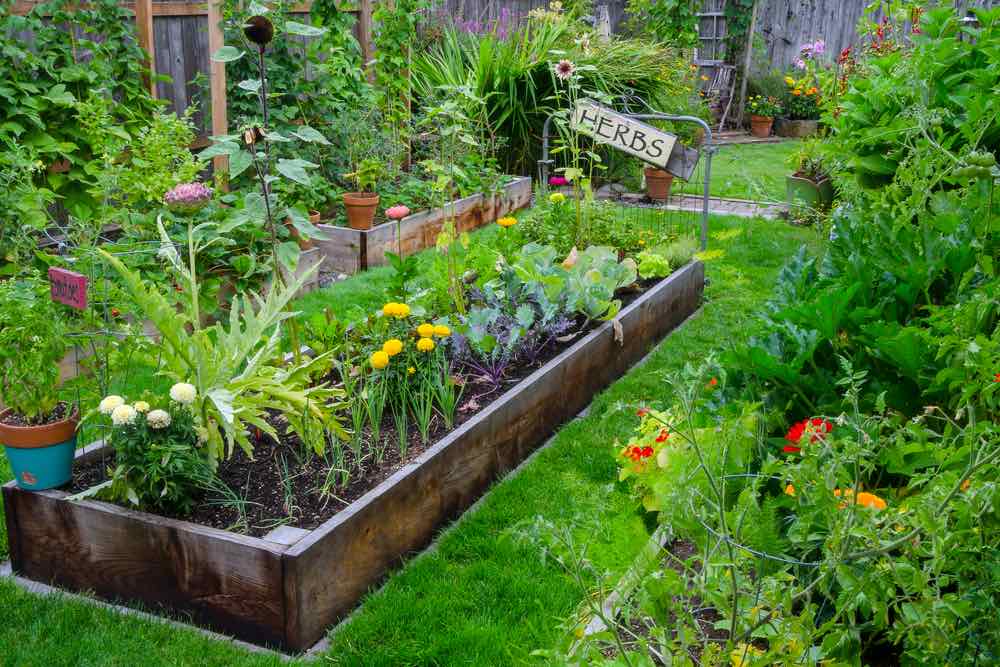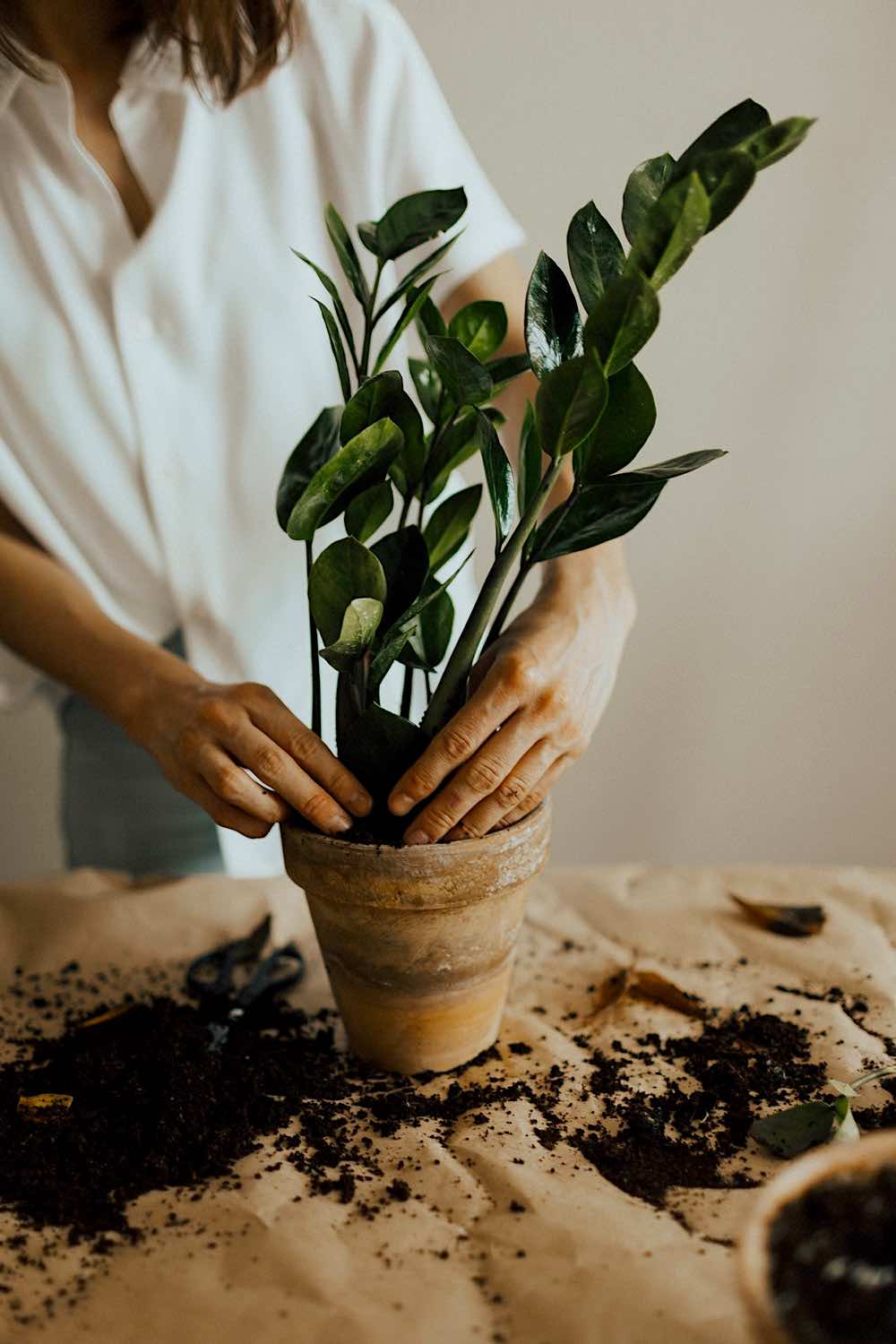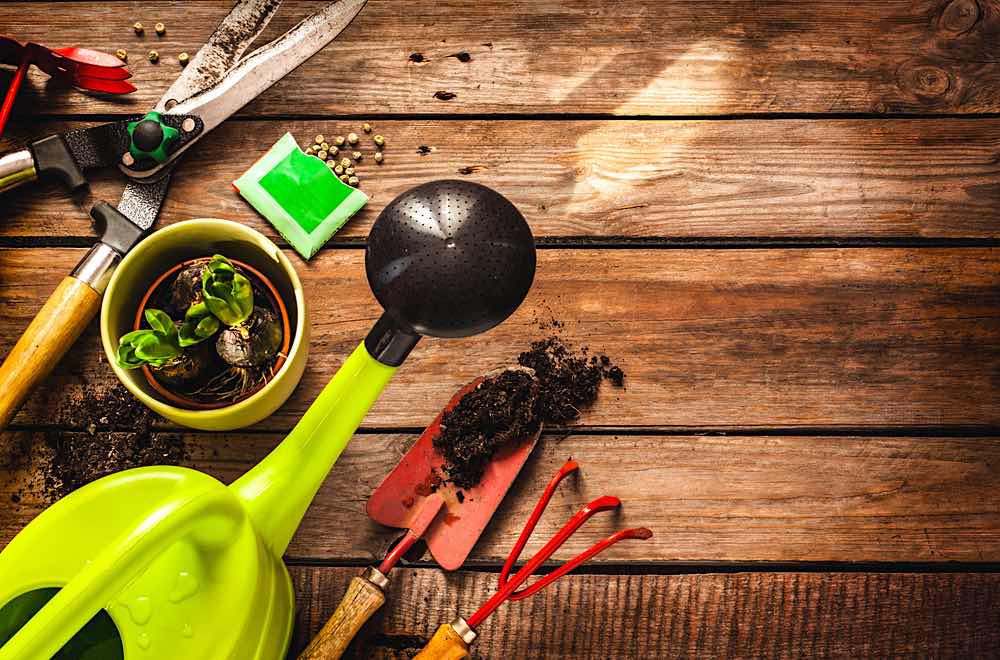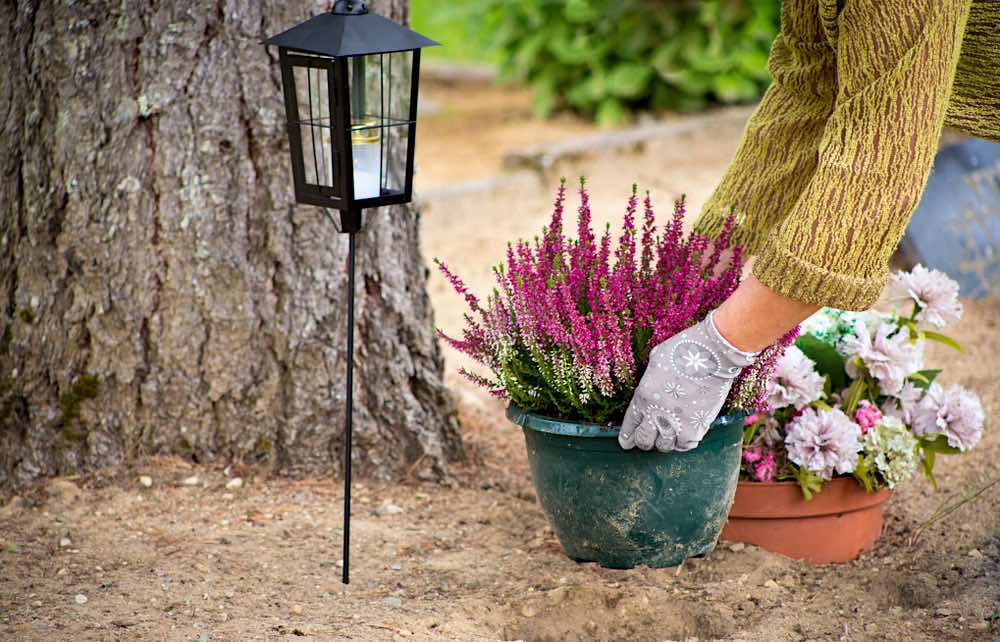Are you finally starting a garden this spring season? As much as I wish I could tell you how easy it is going to be, the truth is, it’s quite a challenge–but one that is totally worth it!
Not only is gardening immensely satisfying, but it’s also a healthy hobby and provides great exercise!
So that you can begin gardening this Spring without much trouble, I’ve put together this handy list of tips, tricks, and guides to get you to start your garden easily!
RELATED: Gardening For Beginners: Tips For A Beautiful Flower Garden
A Basic Guide to Starting a Garden This Spring Season
Planning and Research

Starting a garden with little or no planning can be intimidating. I used to be apprehensive about gardening myself, but now I laugh at my past self with all the reservations and doubts.
Maybe the idea to grow your own plants suddenly just occurred to you. But to grow a garden full of plants will take planning and a bit of looking into the basics of plants and gardening.
Furthermore, you have to consider the season, like in this case we are talking about starting a garden in spring. Now, this is probably the perfect season because it’s not too hot and it’s not too cold.
Find out what you need to know as a gardening beginner here to help you start your garden. You might also want to avoid these garden planning mistakes so you don’t repeat what most of us, avid gardeners, stumbled on as beginners.
Landscape and Garden Location Survey

I must have changed my flower garden location five times during my first gardening year. Before starting a flower garden or a vegetable garden, it is important to consider your landscape and environment. That’s why research is important first to avoid or minimize gardening mistakes.
Identifying your location will help you with plant selection. A shaded area, for example, will not do for vegetables such as corn and squash because these are sun-loving plants. But there are a lot of shade garden plants perfect for that area.
Ecologically friendly gardening is also a trend right now. You’ve got to do your part to combat climate change, after all! Because of this fact, it’s best to go for a wide variety of plants rather than rigid landscaping materials. It might take a little more work, but it’s better for the planet and it’s prettier too.
If you do have to use some artificial materials in your landscaping, go for the ones made from natural and locally-sourced goods.
Choosing a Garden Design and Layout

Don’t be intimidated about deciding on garden design. This is simply choosing whether you want a simple garden planted directly in the ground, a raised bed, or a container garden. Container gardening is undoubtedly the easiest, especially if you’re a beginner.
If you want to expand your plant selection and want to plant directly in the ground, you’ll need to make a layout of your plants. You must realize that plants are like people too–they can have likes and dislikes. Potatoes and tomatoes, for example, don’t make good neighbors and shouldn’t be grown together.
Just recently, a trend has developed of creating “wild gardens” rather than manicured garden spaces. In other words, gardeners are increasingly opting to take a large area and let the plants there grow in a wilder, closer-to-nature state.
This approach attracts wildlife and is better for the environment than a carefully planned and maintained area with trimmed hedges and lots of pesticides being used to control plant growth. It is also easier to plan, which might be a relief for newer gardeners.
In a similar vein, try to plant plants as they would appear in the wild. Don’t go for genetically modified hybrids just because they look nice. For example, plant single flowers instead of the double variations, bred for aesthetic purposes, which contain less nectar. Again, this is a tip to attract wildlife, which will help your garden feel alive.
Start With Easy-To-Grow Plants

For ornamental plants, those that are native to your area will be the most foolproof plants to grow. When starting a flower garden, it’s best you get acquainted with annual flowers and perennial flowers.
Look into plants that don’t require watering and need minimal fertilization. They take away a lot of work, which new gardeners will appreciate. They are also eco-friendly, as they do not take as many resources to maintain!
Growing vegetables is also a great idea. They do require a bit more care than, say, a cactus, but it’s incredibly satisfying to cook up a plate of sustenance you raised from seedlings by your own hands. Check out a list of the easiest vegetables for beginner gardeners to grow.
Get Basic Gardening Tools

Looking into gardening tools will lead you to such a large selection, you’ll be overwhelmed. But truthfully, you only need an essential handful at most to start your garden, specifically during springtime. A fork and trowel, garden gloves, watering can, cutting or pruning shears, a shovel, and a sun hat are basics most gardeners swear by. You can add a few more as you continue to enjoy gardening.
RELATED: Green Thumb Award-Winning Gardening Tools
How to Start a Garden

Whether you’re starting a vegetable garden or a flower garden, I suggest you start small. Your eagerness might lead you to grow more than you can handle. Check out these steps and tips below to starting a garden.
Step 1: Soil Preparation
Along with water and sunlight, the soil is important in growing healthy plants. Soil which has been neglected for long will need cultivating to loosen it up, let air in, and improve water retention and drainage.
Although there are ornamental plants that are drought-tolerant, most vegetables will depend on healthy soil to be productive. You’ll find it out as you grow a vegetable garden. You’ll appreciate compost so much, you might consider making your own.
Step 2: Planting a Garden
You can grow plants either from seeds or vegetative means. This means growing new plants from a branch cutting or root part. As a beginner, growing plants from seeds is the easiest and simplest. You’ll also learn by and by that, you can start seeds indoors or in pots which you can later transplant. To start a garden, try growing tomatoes from seeds planted directly on the ground then throw in marigold seeds as a companion. Again, remember to consider the season because not all plants can grow all year round.
Step 3: Caring for Your Plants
Caring for your plants is basically making sure the plants are watered and kept off from weeds and pests. It’s best to water your plants (depending on their moisture requirement) in the morning before the sun rises and in the afternoon after the sun has set. Mulching your plants, especially vegetables, will help keep weeds off and keep the soil moisturized.
The best thing about starting a garden during spring, it’s not as complicated to care for your plants.
Check this video from GrowOrganic Peaceful Valley for a step-by-step guide on starting a vegetable garden:
There you go, budding green thumbs! The gardening basics you need to know in starting a garden. While there is more to gardening, you will find it out by and by as you continue to enjoy your garden. I will be here to gladly give you the gardening ideas you’ll need!
Where are you at in the gardening checklist now? Tell me all about it in the comments section below!
UP NEXT:
- 10 Front Garden Ideas You Can Use For Small Spaces
- Small Garden Ideas And Tips | How To Design Gardens In Limited Spaces
- How To Identify Rose Variety Like A Flower Expert [INFOGRAPHIC] | Garden Season Tips
Want to stay up to date? Follow Garden Season on Facebook, Twitter, Instagram, and Pinterest.
Editor’s Note: This post has been updated for quality and relevancy.



